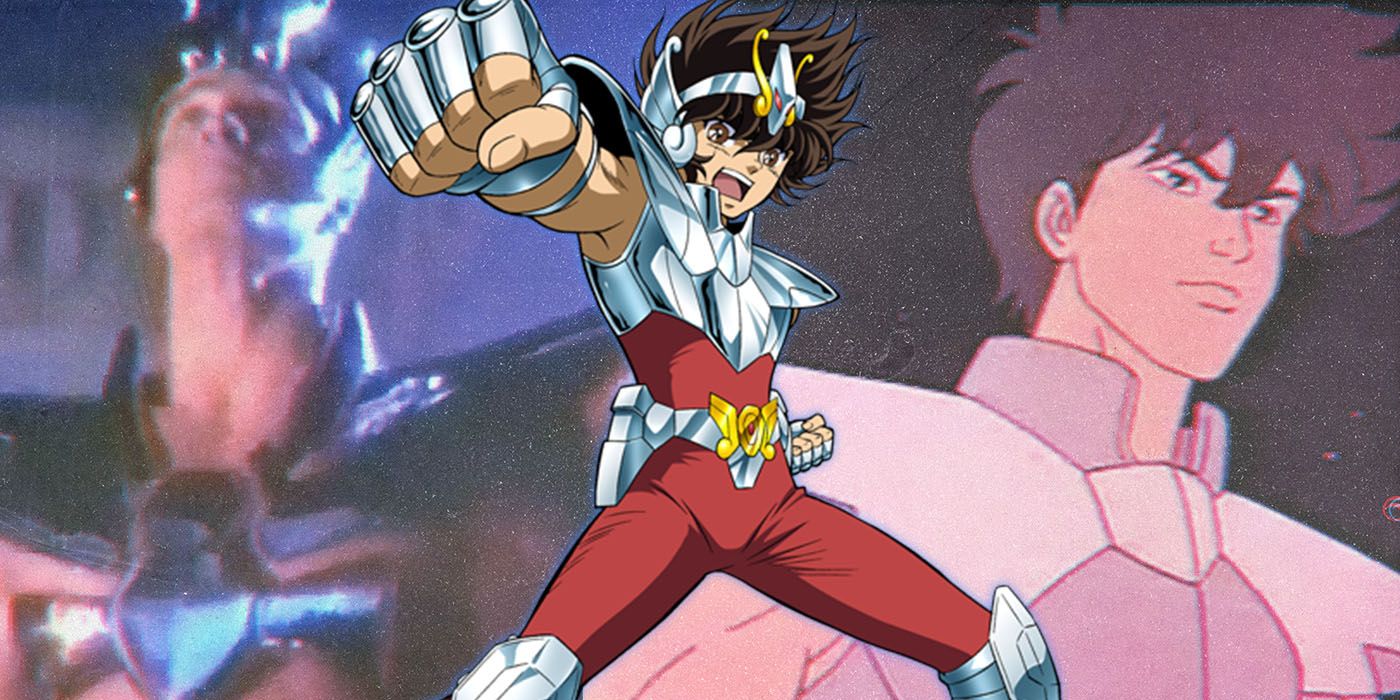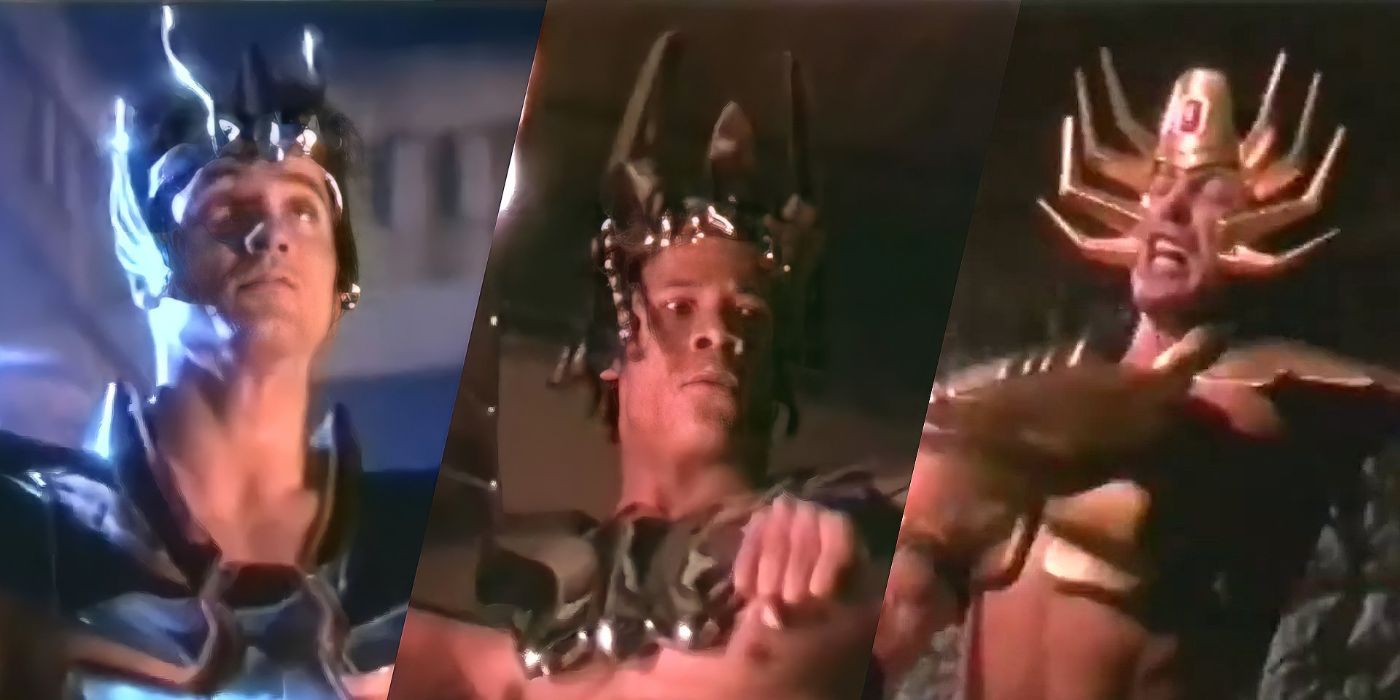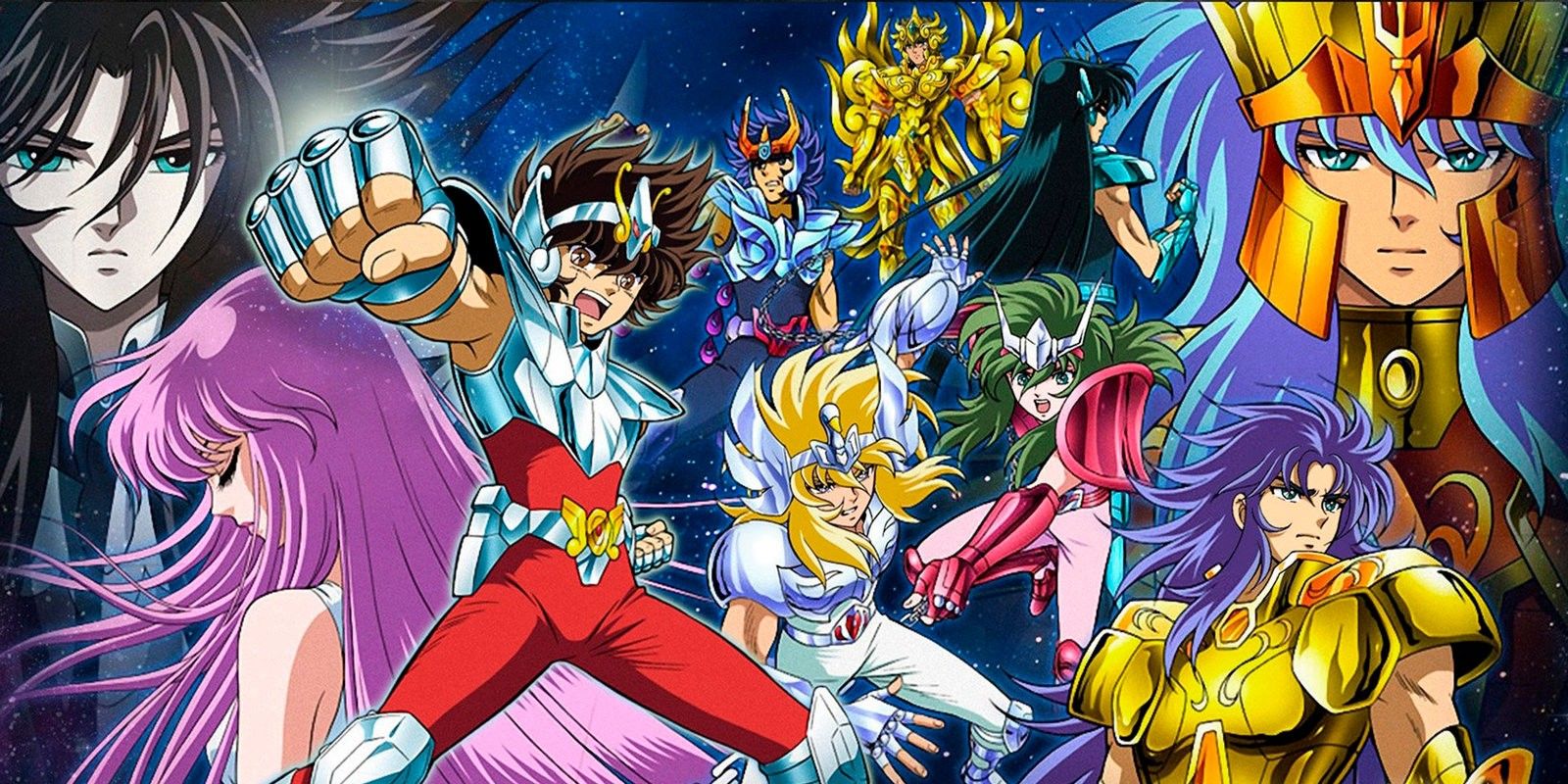In both Japan and other regions such as Latin America, Saint Seiya is one of the most popular shonen anime and manga franchises. That's not the case in the West, with various attempts to bring the franchise to American audiences failing miserably. While one incarnation titled Knights of the Zodiac is well-known, two other versions never even made it to the silver screen.
There were two different attempts to adapt Saint Seiya for American audiences that never even saw the light of day. One of these was live-action and made in the vein of a similar success story, while another was animated like the Japanese source material. Both failed to ever materialize, though it's questionable just how successful they would have been in getting the property over for potential Western fans.
Saint Seiya's Success Led to Two Lost American Adaptations
One of the unaired American adaptations of Saint Seiya was a planned series titled StarStorm, which began in 1994. This era was dominated by the success of Saban's Mighty Morphin' Power Rangers, which was a huge influence on Bandai Namco's ideas for how to bring its anime franchise to America. One problem that would later be experienced by Knights of the Zodiac was the copious amount of censorship needed to make it palatable for young viewers. The Knights of the Zodiac anime had to cut numerous scenes of violence and other potentially objectionable content, to the point where certain storylines became almost nonsensical.
StarStorm avoided this problem in an interesting way: by rebooting the property in live-action format. The project was very much in the vein of Power Rangers, even adding a female Knight to the team in the form of a female Andromeda (something that the Netflix series and the live-action movie likewise did). Its existence was eventually confirmed by an article interview, with footage later found for it.
An American animated version of the story was also proposed, with this version of the property titled Guardians of the Cosmos. Not much is known about this production, though it's speculated to have preceded plans for StarStorm. Its animation was made from the ground up, allowing Renaissance Atlantic (which was also behind Power Rangers) to retell the story in a manner more "appropriate" for American children. Footage for both of these incarnations of the series was lost to time for quite a while, with many fans not even knowing about their existence. It's a fun bit of apocrypha for the franchise, though it's unlikely to have really changed the game for the property's luck in the West.
Saint Seiya Will Likely Always Be Doomed in America
If StarStorm had been produced, there's very little chance that it would have been particularly successful. Proverbial proof of this theory can be seen in pretty much any Western tokusatsu adaptation or original production that wasn't named Power Rangers. The only comparable success story would perhaps be Big Bad Beetleborgs (which used footage from the Japanese Metal Heroes franchise), though even this lacked the longevity of the Rangers. There was simply no precedent set for an environment in which StarStorm would have made a permanent mark on popular culture beyond becoming obscure trivia.
The same could be argued for Guardians of the Cosmos, which would've suffered a retroactive fate that afflicts other "anime" franchises. For instance, the 1980s series Robotech (which used footage from various anime such as Macross) is now seen as almost sacrilegious by fans of the source material. Battle of the Planets and even the original Voltron have the same issue, with some diehard anime viewers seeing them as "inferior" and "not the real thing." Given the censorship involved, Americans would have gotten a watered-down Saint Seiya via Guardians of the Cosmos, which might have only made them resent the series after seeing the original. For this reason, it's perhaps best that the pilot of the show remained lost for so long. Unfortunately, it comes after several attempts to adapt the franchise for Western tastes have completely failed.



